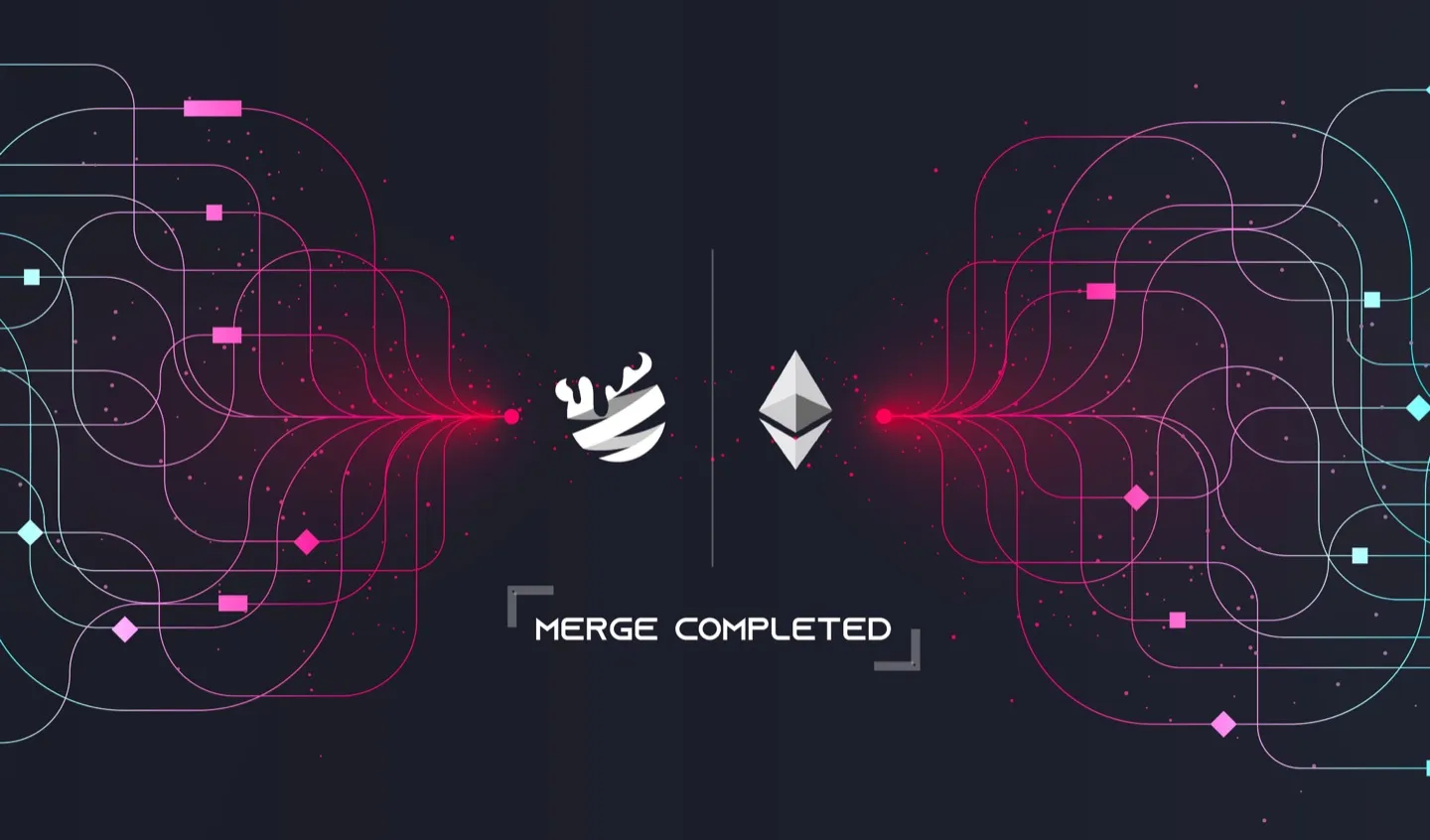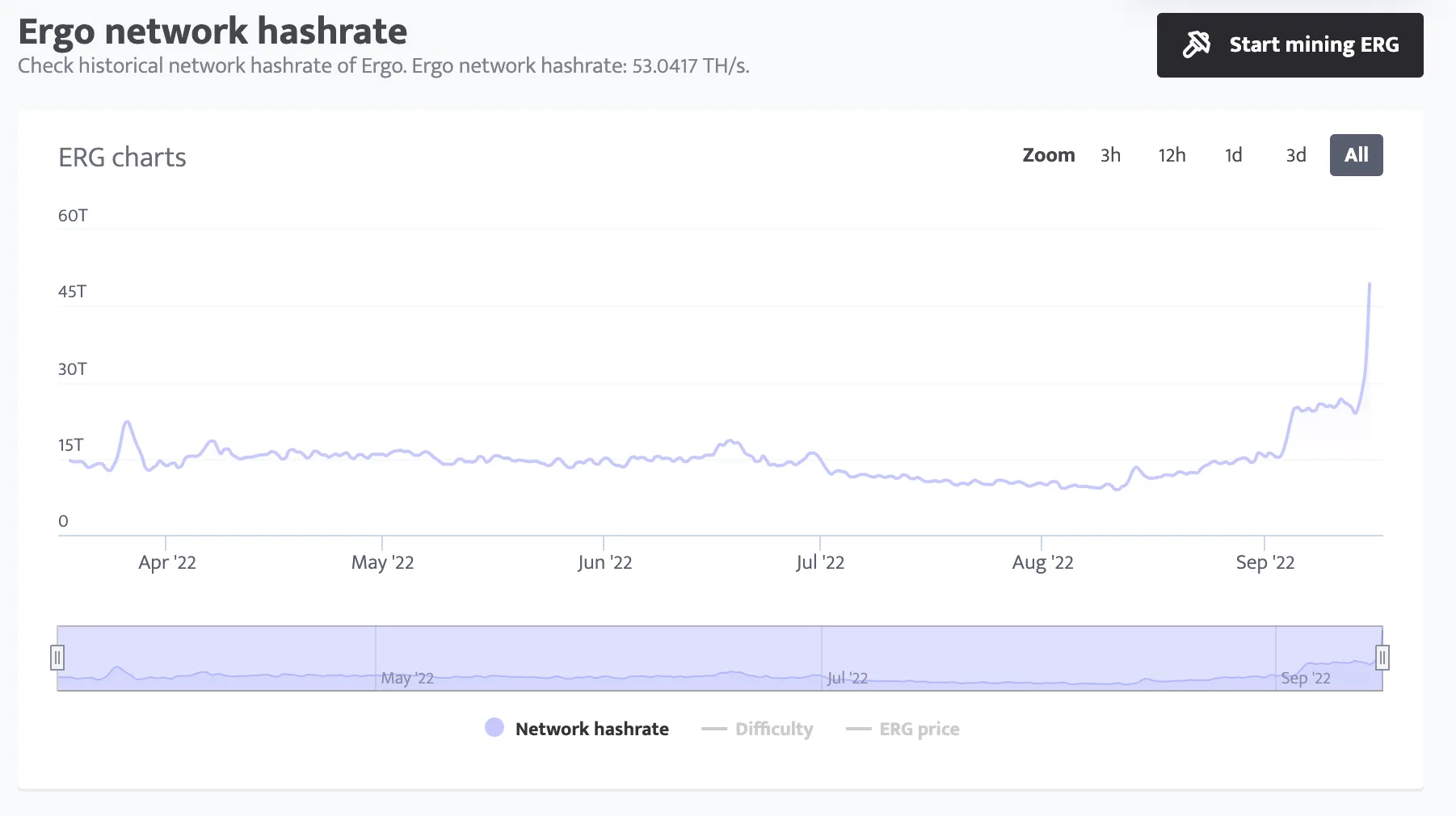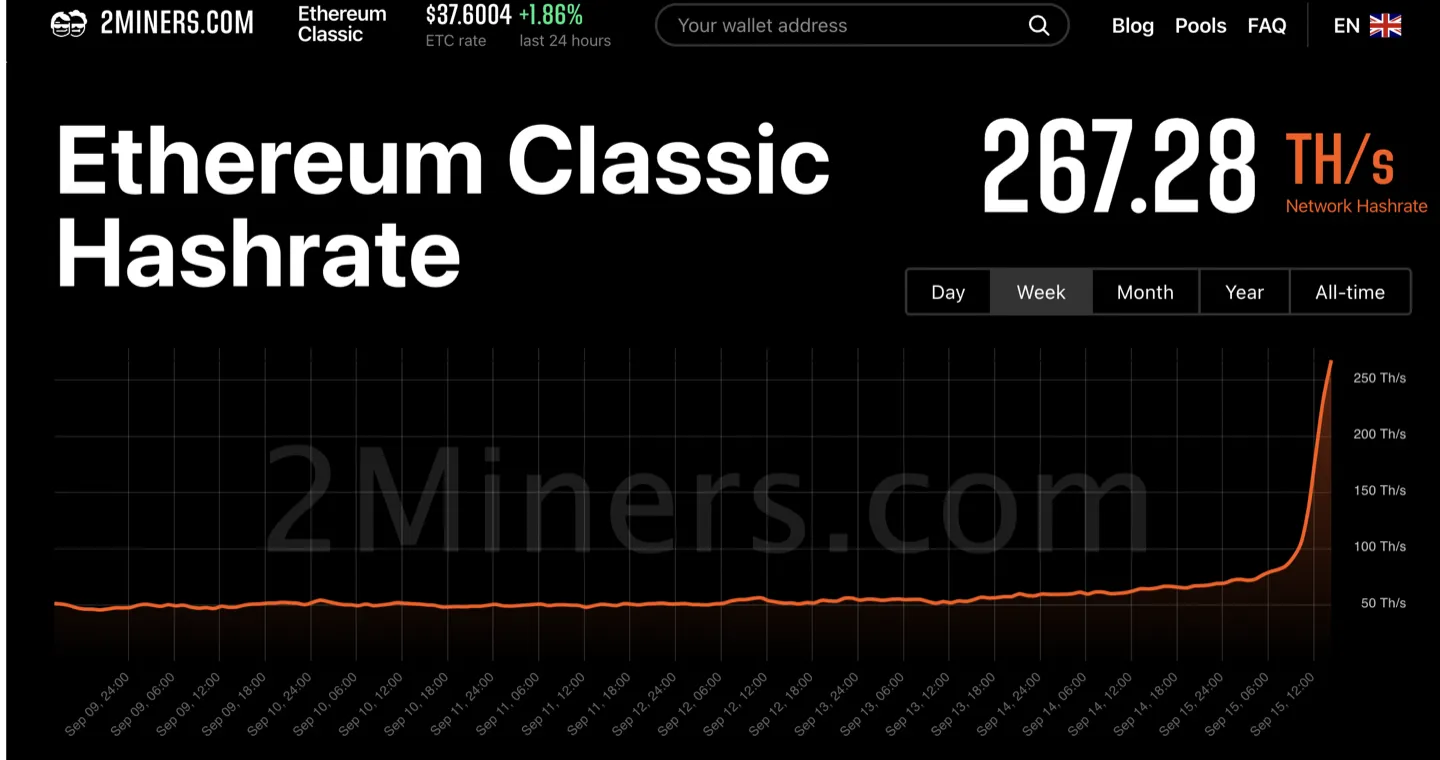Ethereum merge is complete, here are its implications
Ethereum has successfully completed the merge. The chain is now officially running on a proof of stake consensus mechanism. This way, it joins Cardano, Polkadot, and Solana as the largest POS chains.

Image courtesy of SuperNormal
This landmark from POW to POS by Ethereum has several implications
Ethereum Merge implications
Huge reduction in power consumption by Ethereum blockchain
ETh's energy consumption now has decreased by ~99%. A good development for individuals who still believe that proof of work's energy consumption is bad for the environment.
Resting of Ethereum miners
Miners who maintained the Ethereum chain's hashrate under proof work will no longer be needed. They either have to retire their mining infrastructure or move their hashrate to other proof of work chains.
For a good number of ETH miners shutting down their mining rigs would be bad for business. This cohort of miners therefore likely to move on to other chains i.e Bitcoin, Ethereum Classic, and Ergo.
Of these likely recipients of ex-ETH miners' hashpower, Ergo and ETC chains stand to benefit most. In the weeks leading up to today's ETH merge, the tokens for these two chains have experienced a price rally.
In recent weeks, the Ergo Network hashrate has been on a sharp rise. The ERG community has been running campaigns to woe ETH miners. This new hashrate will result in better security and decentralization of the chain.

Similarly, Ethereum Classic's hashrate has also spiked following anticipation for and the actual merge.
Ethereum transaction fees won't change
Ethereum gas fees will not change in the short term just because of the completed merge to POS. Some users expect to experience low transactions comparable to Cardano's or Solana's.
The scope covered by the Ethereum merge did not cover a change in fee structure. This change will come in the future as per Ethereum's roadmap.
Besides, Ethereum's dApps will need to upgrade to the new ETH chain protocols, now and in the future.
There will be no ETH supply shock following the merge.
Investors who had locked their ETH in anticipation of rewards after the POS merge will not be able to unlock their ETH. These stakers will only start unstaking in 2023 (6 to 1 year after today's merge).
Essentially, this lock-up period will prevent an ETH dump following a post-merge price bump or slump.
Ethereum's Merge will fuel competition in the POS space.
Cardano, Polkadot & Solana, which have been referred to as 'Ethereum-killers' now will have to compete against Ethereum from a similar environment. Of these 3, Cardano is also expecting a major upgrade (Vasil) on the 22nd, merely a week after today.
Cardano's Proof of stake is more mature as it has been live for years, but its dApp ecosystem is in its infancy. Ethereum's dApp ecosystem dwarfs Cardano's but its proof of stake codebase needs a lot of work to catch up.
It will be interesting to see how these two chains will fair against each other.
The price impact of the ETH 2 merge
So far, the crypto markets seem to have reacted mildly to the merge event. There was a slight price rally hours leading up to the event. After the merge, the prices have somewhat slumped by less than 5% for all major crypto assets.
Unless something catastrophic is discovered hours or days post today's merge, the prices of the crypto market will continue to depend heavily on macro factors. At least in the short term.
When Ethereum settles in as a POS chain and its dApp ecosystem adjusts to the new changes, the markets will react accordingly.
First published on Sep 15, 2022
Ethereum
